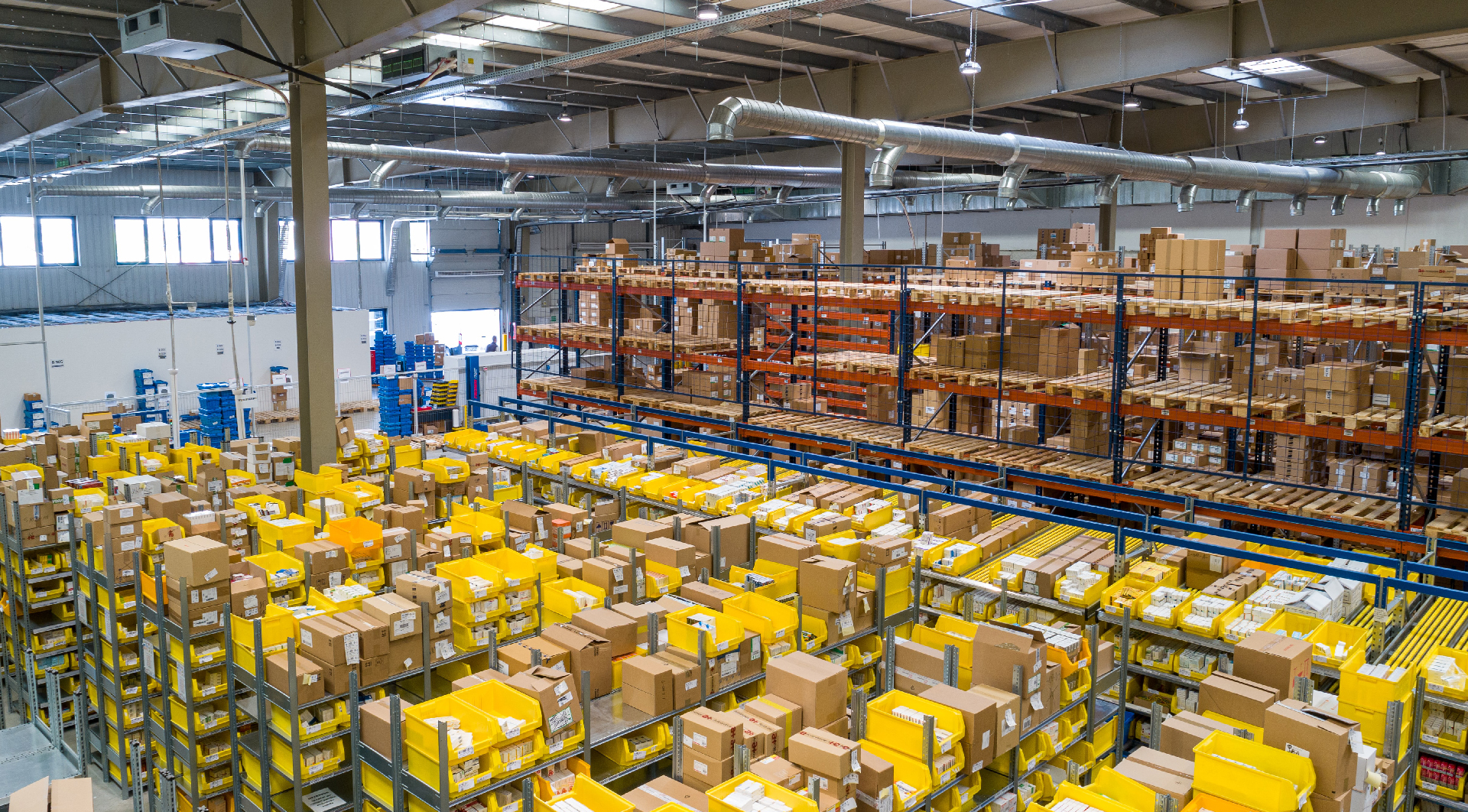You Better Watch Out: Workplace Injury Risk Rises During the Holidays
November 29, 2021 |
KINETIC

The holiday rush has begun, and with it businesses face a host of seasonal challenges. Amidst supply chain disruptions and a deep labor shortage, companies are accelerating their hiring efforts to meet escalating demand. These new and seasonal hires join an already-weary workforce, strained for time and resources as they enter the busiest time of the year.
Seasonal Hires Face Increased Risk
According to a recent Wall Street Journal report, the U.S. is still missing 4.3 million workers – a shortage leaving employers scrambling to staff up for the season. Amazon is aiming to hire 125,000 warehouse and logistics workers for the holidays; Walmart hopes to hire 20,000 seasonal workers for its supply chain operations; and UPS and Target each plan to hire 100,000 logistics workers this season.
As more new, less-experienced workers hustle to handle peak volumes, companies face an increased risk of worker injuries.
As more new, less-experienced workers hustle to handle peak volumes, companies face an increased risk of worker injuries. Consider these statistics:
→ The Institute for Work & Health reports employees in their first month on the job have more than 3 times the risk for a lost-time injury than workers who have been at their job for more than a year.
→ The U.S. Bureau of Labor Statistics found that one-third of the non-fatal injuries involving days away from work were incurred by workers with less than one year of service.
The risk of musculoskeletal injuries resulting from improper bending, twisting and lifting while on the job, is especially high. While seasonal hires often receive a one-time safety training, traditional safety programs tend to fall short as holiday busyness builds and follow-up dwindles.
Worker Fatigue Drives Injury
Industrial workers, many of whom are already working overtime to meet heavy demands driven by the pandemic, are facing the added stress of pushing merchandise out in time for the holidays. The long hours and accelerated pace of the season, coupled with exhausted workers performing very physically-demanding jobs, can lead to worker fatigue – another significant ergonomic and safety risk.
The long hours and accelerated pace of the season, coupled with exhausted workers performing very physically-demanding jobs, can lead to worker fatigue – another significant ergonomic and safety risk.
Physical fatigue can further increase the incidence of workplace accidents and lower productivity.
→ The National Safety Council estimates 13% of workplace injuries can be attributed to fatigue. In their 2018 Report on Fatigue, manufacturing employees said demanding jobs led to fatigue most often (86%).
→ According to OSHA, extended work hours (12 hours per day) are associated with a 37% increased risk of injury.
Injuries and time away from work seriously impact companies’ operational efficiency and employee retention rates – two areas in which employers simply can’t afford a hit during the busy holiday season.
Managing Holiday Risks with Tech
Companies can avoid increased holiday workplace injury risks with innovative safety technology, such as wearable devices proven to reduce injuries and lost work time.
Wearables utilize a continuous-coaching method to help workers – including new, seasonal hires – change behaviors and reduce injury.
Wearables utilize a continuous-coaching method to help workers – including new, seasonal hires – change behaviors and reduce injury. They can be deployed across an entire workforce, automatically recognizing risky postures and alerting users with a light vibration. This real-time, ongoing feedback is notably more effective than a one-time safety training.
A tech-driven approach can also help mitigate worker fatigue in high-demand work environments. Wearables can help employees use correct body mechanics, which allows them to experience less soreness and fatigue.
Wearables can help employees use correct body mechanics, which allows them to experience less soreness and fatigue.
They not only feel better physically, but also experience greater emotional and mental well-being. As such, wearable users keep their pace up for longer, miss less work and are able to reach peak productivity levels.
FEATURES
RESOURCES
2019 KINETIC © All rights reserved.